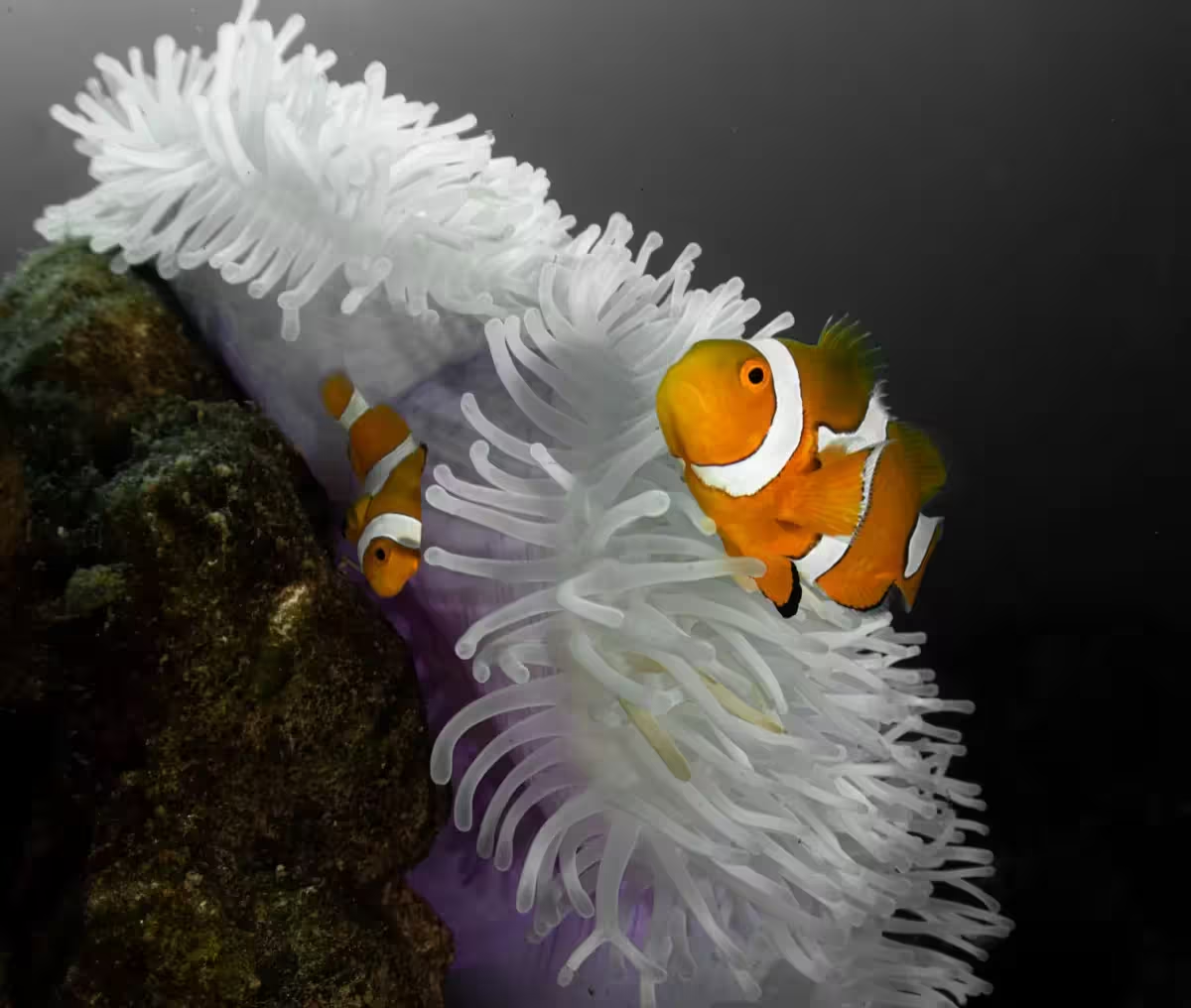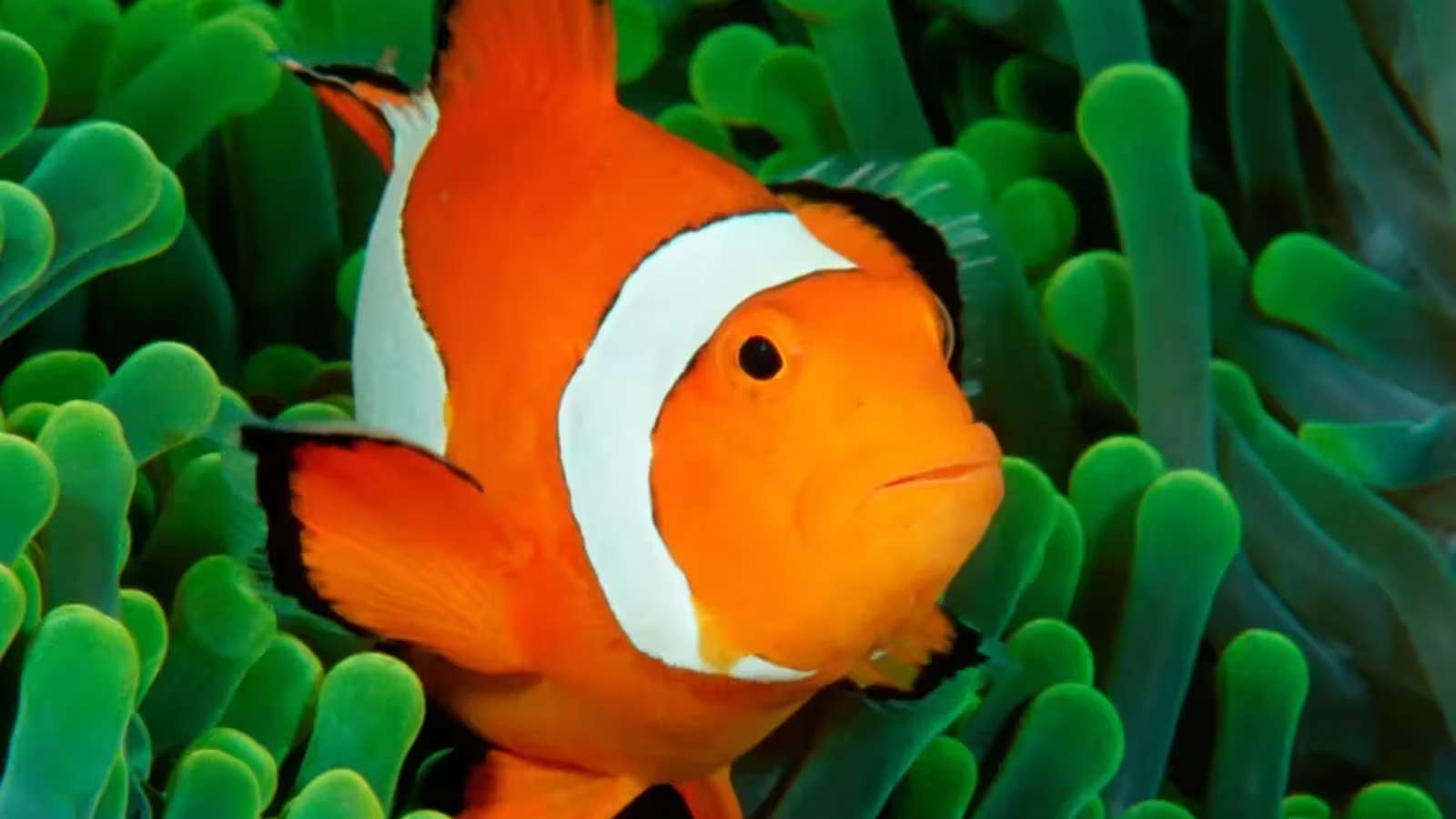4 Minutes
Introduction: Clownfish Adapt to Escalating Ocean Heat
The clownfish (Amphiprioninae), immortalized by pop culture through Pixar's "Finding Nemo," has captured global attention with its vibrant orange coloration and distinctive white stripes. Yet, behind its popularity lies a pressing ecological concern: rising ocean temperatures due to climate change are pushing many marine species, including the clownfish, toward new adaptive frontiers.
Recent research published in Science Advances has uncovered an extraordinary evolutionary response in clownfish—these charismatic reef dwellers can physically shrink their bodies during extreme marine heatwaves. This unique adaptation significantly enhances their chances of survival under climatic duress.
Scientific Context: Shrinking as a Survival Mechanism
Climate change and recurring marine heatwaves threaten the integrity of coral reef ecosystems around the world. Many vertebrates exhibit reduced growth when exposed to environmental stressors like food shortages or thermal extremes. For example, marine iguanas are known to resorb bone material to decrease their body size in the heat, and salmon juveniles often shrink as winter sets in. Social context can also influence growth patterns, as seen in meerkats and cichlid fish, where social standing affects physical development.
Building on this background, doctoral researcher Melissa Froesteg and her team at Newcastle University embarked on a novel investigation into how clownfish manage dual pressures: environmental heat stress and complex social dynamics within their groups.
The Study: Tracking Clownfish During a Global Coral Bleaching Event
Experiment Overview
Between February and August 2023, researchers observed 67 breeding pairs of wild clownfish inhabiting solitary anemones in Kimbe Bay, Papua New Guinea—a period coinciding with the fourth global coral bleaching event. Each month, scientists temporarily caught the fish, photographed and measured their bodies, and then released them back into their natural habitat. Water temperatures near each host anemone were recorded every four to six days, ensuring precise tracking of local thermal conditions.
Key Findings
The results were striking. Over several months, 101 out of 134 observed clownfish reduced their body size at least once in response to heat stress—boosting their survival probability by up to 78%. In contrast, the 33 individuals that remained the same size lacked this survival advantage. Notably, within breeding pairs, both the dominant and subordinate fish displayed distinct shrinkage patterns. Pairs where both fish shrank in unison showed greater resilience during heatwaves.

Insights into Mechanisms and Broader Implications
While the precise cellular and hormonal mechanisms driving this size reduction remain elusive, the research team suspects the thyroid gland and neuroendocrine pathways—which govern growth in vertebrates—play a critical role. Melissa Froesteg explained, “This isn’t merely losing weight. These fish truly become shorter in length during heat stress. We don’t yet fully understand the biochemical process behind it, but we know similar shrinking strategies exist in other animal groups.”
This adaptive strategy allows clownfish to match their metabolic demands to shifting environmental realities. However, there are trade-offs: while shrinking increases survival odds during heat events, it can reduce reproductive success by limiting the energy available for spawning.
Senior author Dr. Theresa Rueger of Newcastle University emphasized the study’s broader significance: “Our findings show that heat-induced shrinking in fish is influenced by social stressors too. This widespread mechanism could offer alternative explanations for size declines observed in many fish species worldwide, but much more research is needed to fully understand its prevalence and long-term effects.”
Future Directions and Conservation Implications
As climate change intensifies, understanding the resilience mechanisms of iconic species like the clownfish is vital for marine conservation strategies. By revealing how social structure and physiological plasticity intersect, this study can inform broader efforts to predict species responses to global warming, particularly within delicate coral reef ecosystems.
Researchers are calling for further investigations—across diverse species and environments—to determine how widespread the phenomenon of heat-triggered body shrinking is, and to assess its impact on population viability, reproduction, and ecosystem stability.
Conclusion
The discovery that clownfish can shrink their bodies to survive extreme heatwaves offers new hope for these iconic reef fish amid accelerating climate change. Their ability to adapt both physiologically and socially signals a dynamic evolutionary response—but also prompts caution, as reproduction and longer-term health may be at risk. As ocean heat events become more frequent, such research deepens our understanding of resilience in marine species—knowledge crucial for developing adaptive conservation practices in a rapidly warming world.



Comments